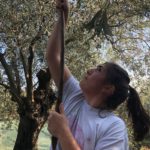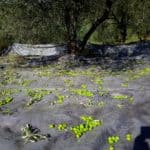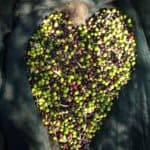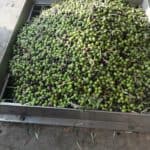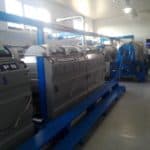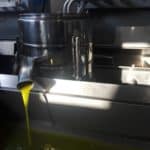Myrolion: New Harvest Olive Oil 2021
Our new harvest olive oil is here to provide you and your loved ones with high-quality nutrition and luscious sensory experiences. See what our family has been up to in October. Taste our fresh Myrolion!
What does it take to create fresh olive oil?
It’s a long process. Actually, it’s so long, tough and detail-based that you can do it only If you truly want it. Mainly, the process is broken down to harvesting the olive fruit and then pressing it. Let’s look into the details of that.
- Caroline Harvests Olives in Myrolion’s olive orchard, October 2019.
Part I: Olive Harvesting
Before the Harvest
We typically wake up before the sun. We take the morning to mentally prepare for a long, labour-intensive day. We then prepare and store our equipment and lunch, gaze at the morning sun, and off we go!
https://www.myrolion.com/wp-content/uploads/2019/10/IMG_9262.mov
Olive Fruit Examination
Our olive groves expand in a diverse relief and ecosystem, from trees that are literally watered by the sea to 450m altitude groves. For this reason, olive fruit mature in different paces.
We strive to harvest most of our olive fruit while they are on maturity index 2, so that our fresh olive oil has maximum health benefits and a luscious taste and aromas.
For this we need to strategically choose which part of our olive groves we are going to harvest. Factors like seasons timing, temperature, humidity and potential threat of pests must be collectively taken under consideration.
Time for Olive Fruit Harvesting!
Once we choose the series of trees that we are going to harvest, we set the nets to the first olive tree in a way that will make it easier to move on to the next trees later. Once the nets are set the harvesting begins.
Since the majority of our olive groves, just like most Greek olive groves, have an intense relief, we are not able to utilize heavy machines and equipment to harvest olive fruit.
We typically hand-pick olives and also use the luros. The luros is a handmade stick made from cedar wood. Cedar wood is especially flexible, light and endurable, so it is ideal for harvesting olives. In the same time, If used right, it does not harm the olive tree. Eventually we harvest olives the same way our ancestors did thousands of years ago. Although in circumstances we are pushed by time, we utilize battery powered harvesting equipment.
https://www.myrolion.com/wp-content/uploads/2019/10/IMG_9322.mov
Clearing the Nets
Even though the olives are being washed at the olive press, we need to maximize quality of our materia prima by cleaning the nets from leaves, branches, dirt, bugs, pest-hit olives and anything else that could potentially harm the quality of our new harvest olive oil.
Storing the Olive Fruit
Finally, we unload the olive fruit from the nets to perforated trays. In contrast to the practices of numerous other producers, we specifically utilize perforated trays, instead of bags, to protect our freshly harvested olive fruit from fermenting, eventually decreasing the quality of our new harvest olive oil.
To the olive press!
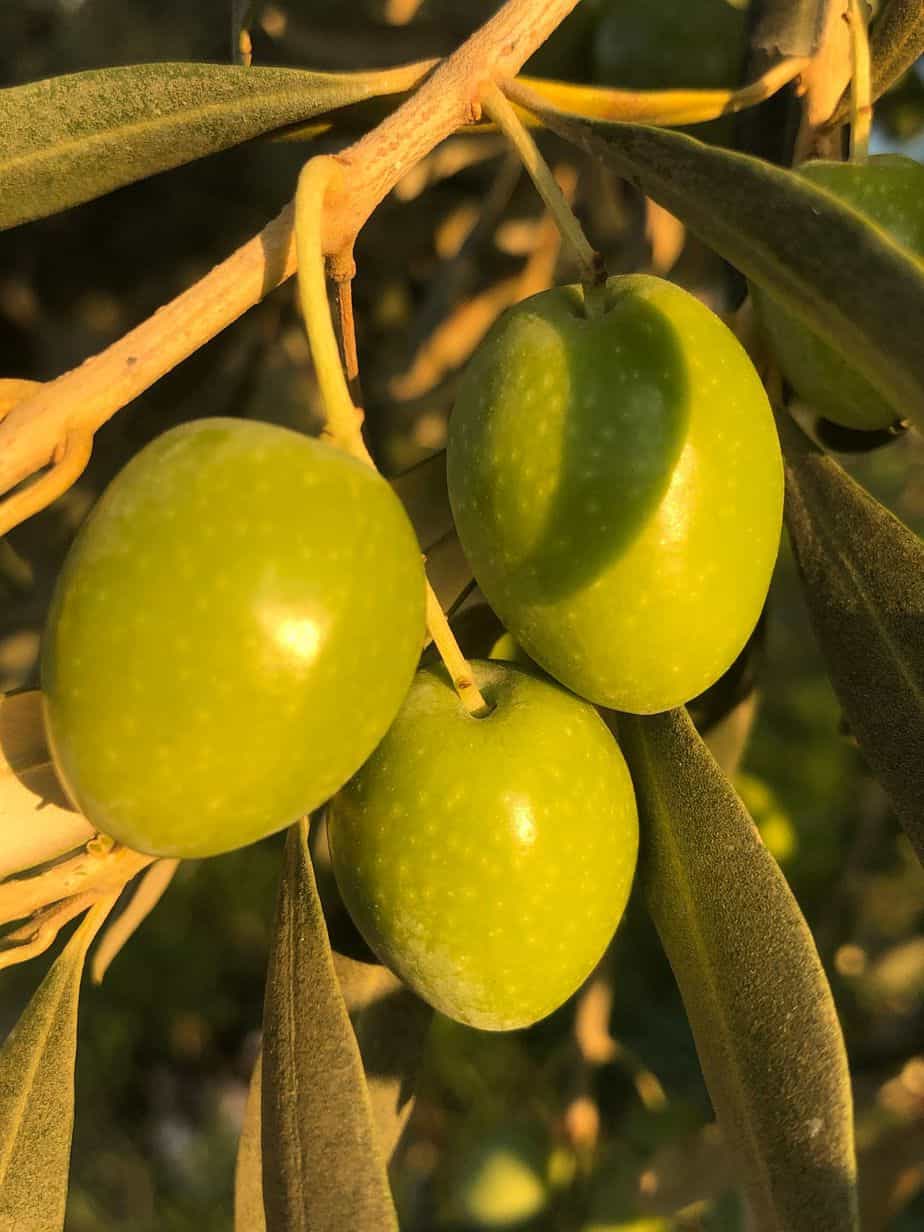
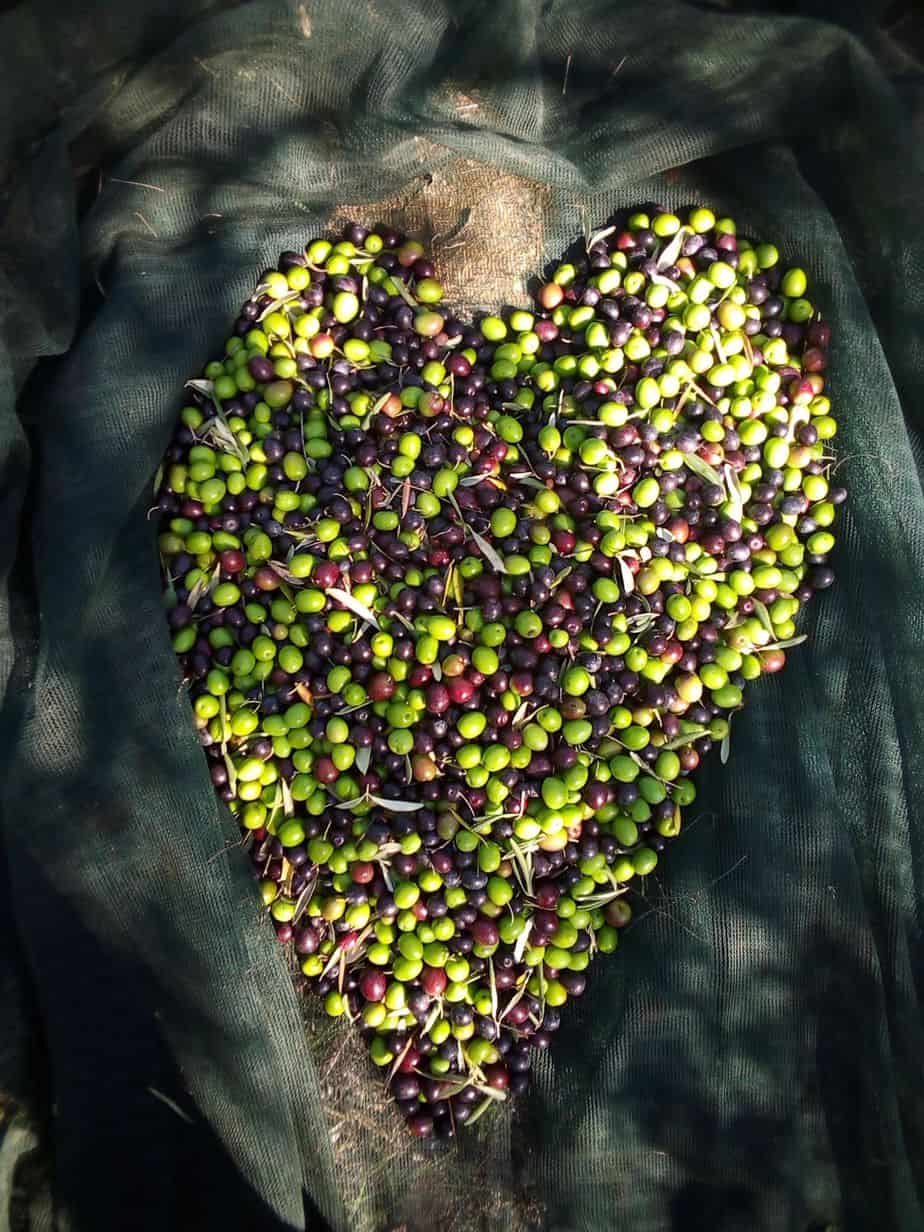
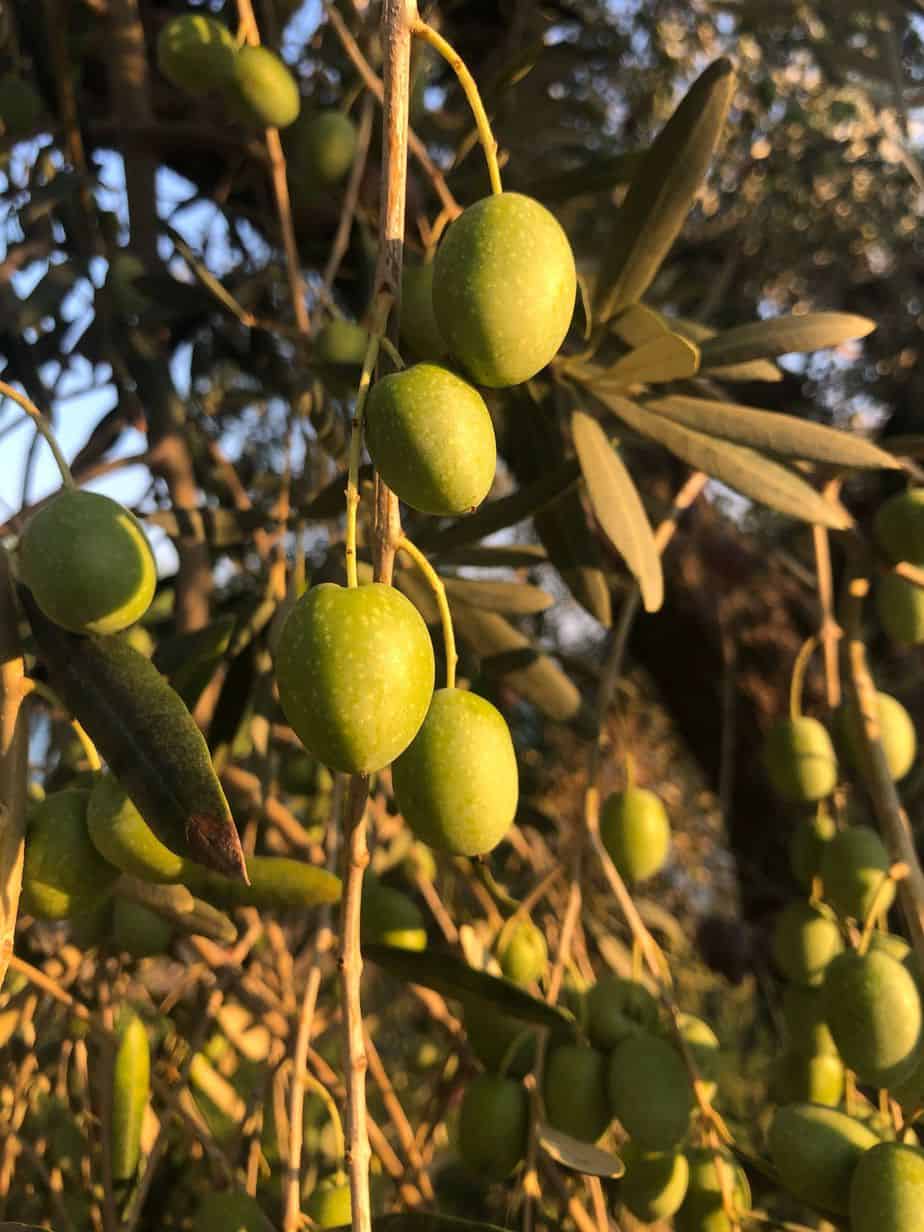
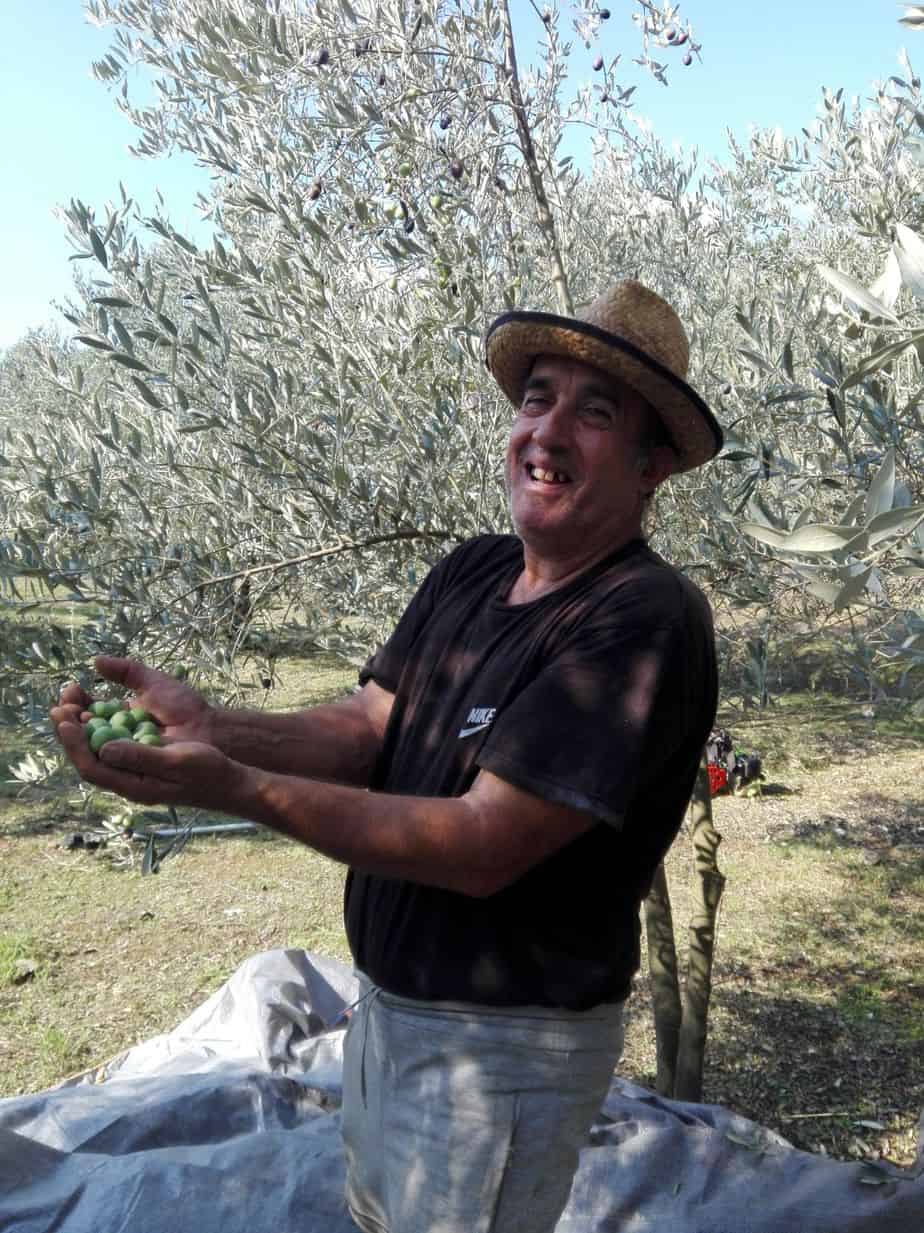
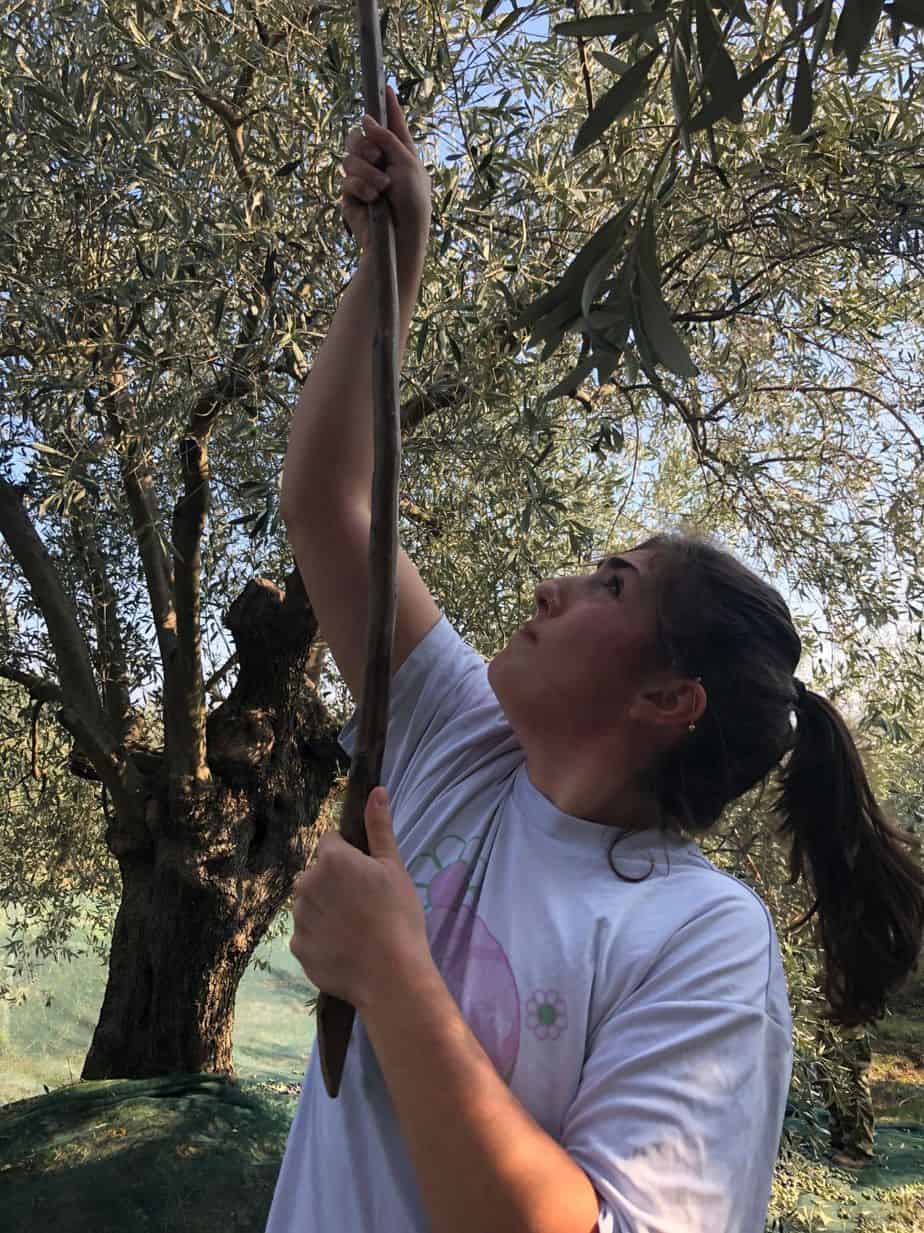
Previous
Next
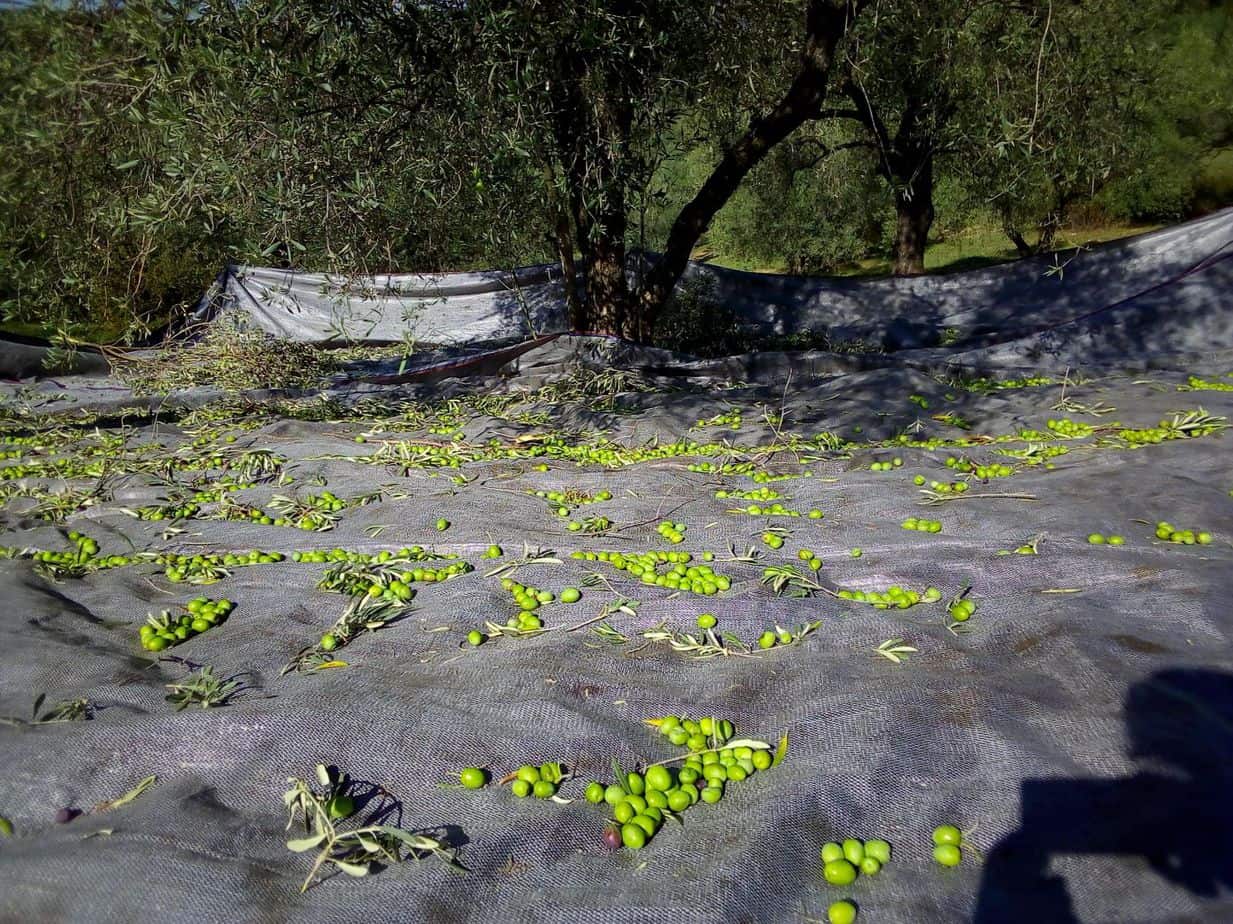
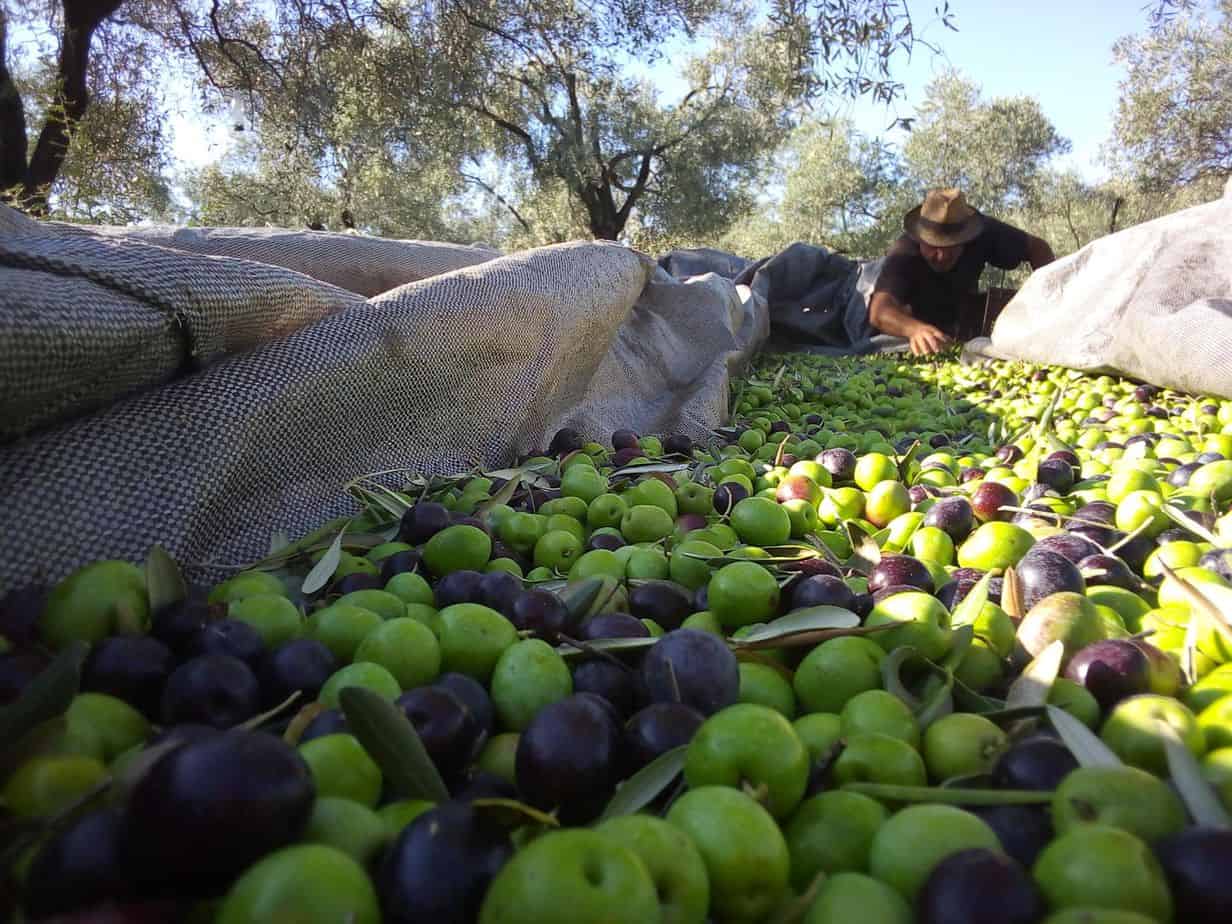
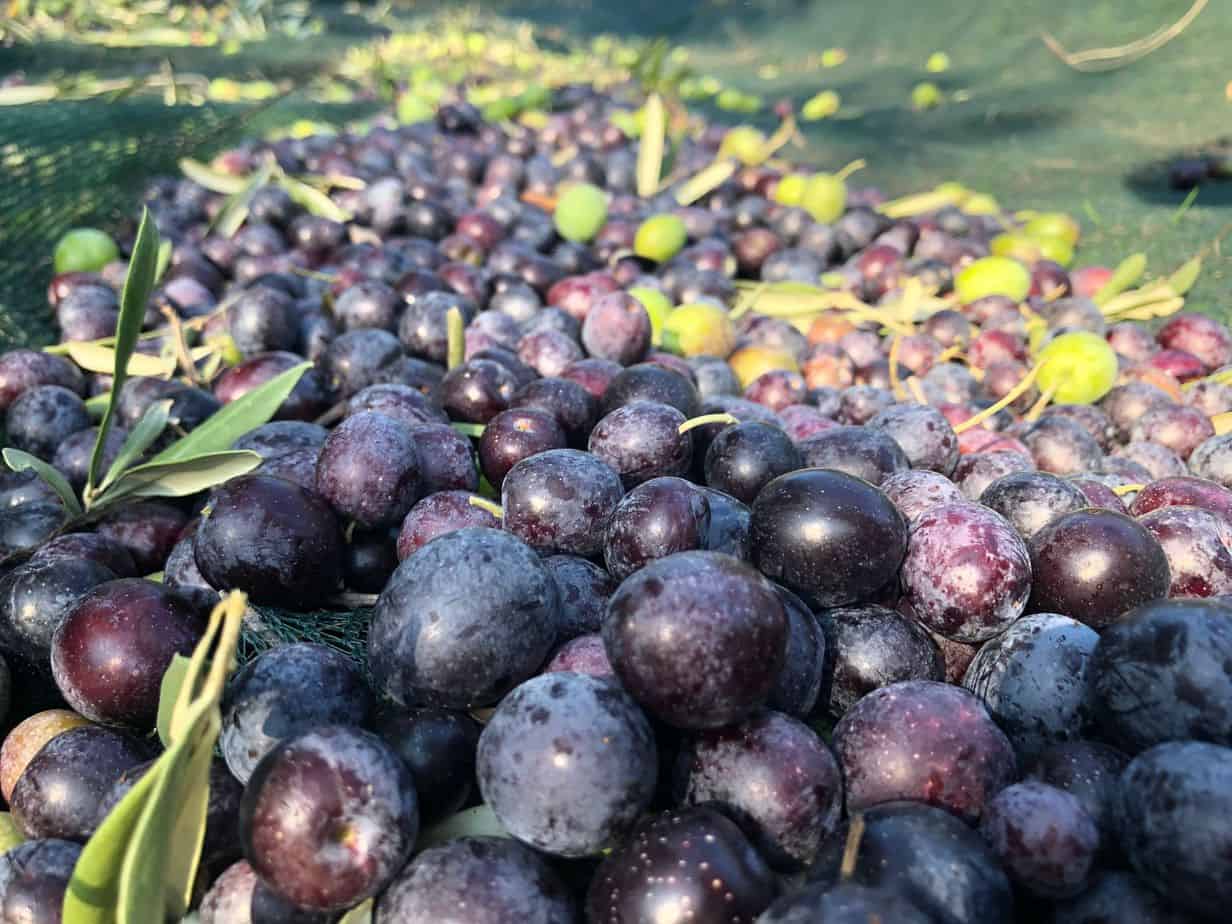
Previous
Next
Part II: At the Olive Press
Fruit Quality Matters
Olive fruit quality is a fundamental factor that eventually determines the olive oil’s quality. Even though there are so many factors that can influence the oil’s quality in the olive press, fruit quality is the basis. This is why, besides doing everything we can to keep the olive fruit healthy until the last minute, we also make sure to press the fruit within 24 hours from harvesting.
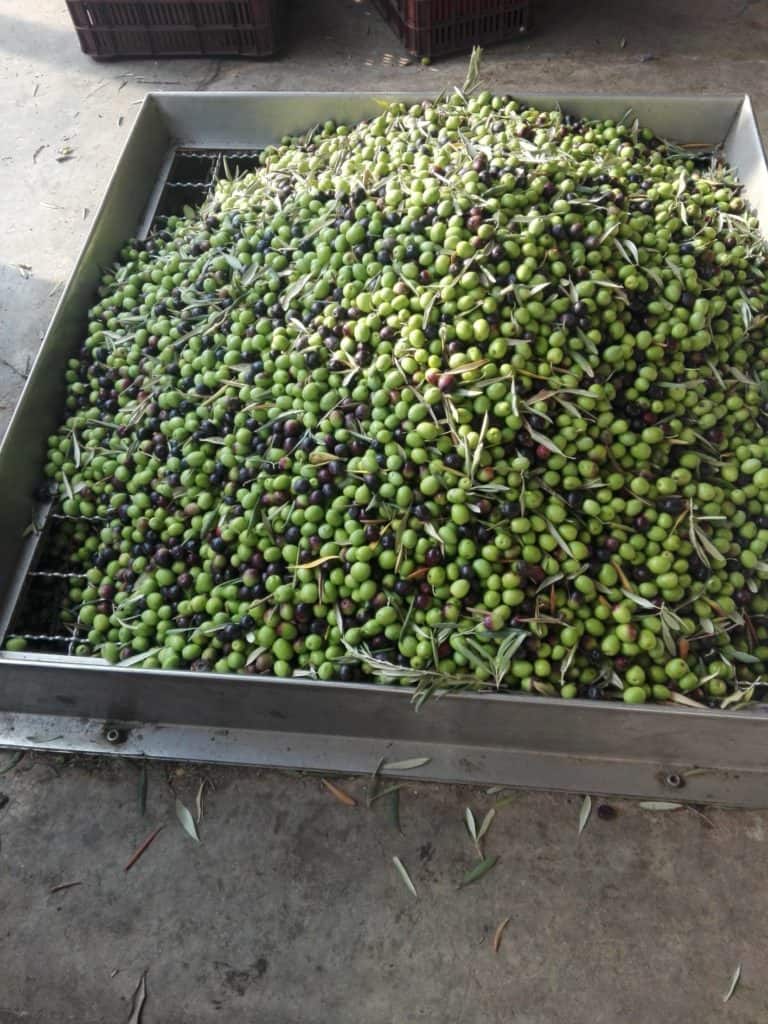
Unloading the Olive Fruit
We unload the olive fruit on the entrance of the olive press. The fruit are instantly washed, while branches and leaves are removed. This process is crucial, since fruit should be clean to avoid any kind of unpleasant outcomes.
Off to the Crusher
Once the olive fruit is clean it’s time to crush them so that their nutritious, aromatic elements are released. Crusher type and function can play an important role on the resulting concentration of polyphenols and aromatic compounds. In a nutshell, the more violent the crusher the greater the amount of polyphenols that is released from the cells, but the greater the harm for the volatile aromatic compounds.
https://www.myrolion.com/wp-content/uploads/2019/10/VID_20191025_081535-online-video-cutter.com_.mp4https://www.myrolion.com/wp-content/uploads/2019/10/VID_20191017_095440-online-video-cutter.com_.mp4
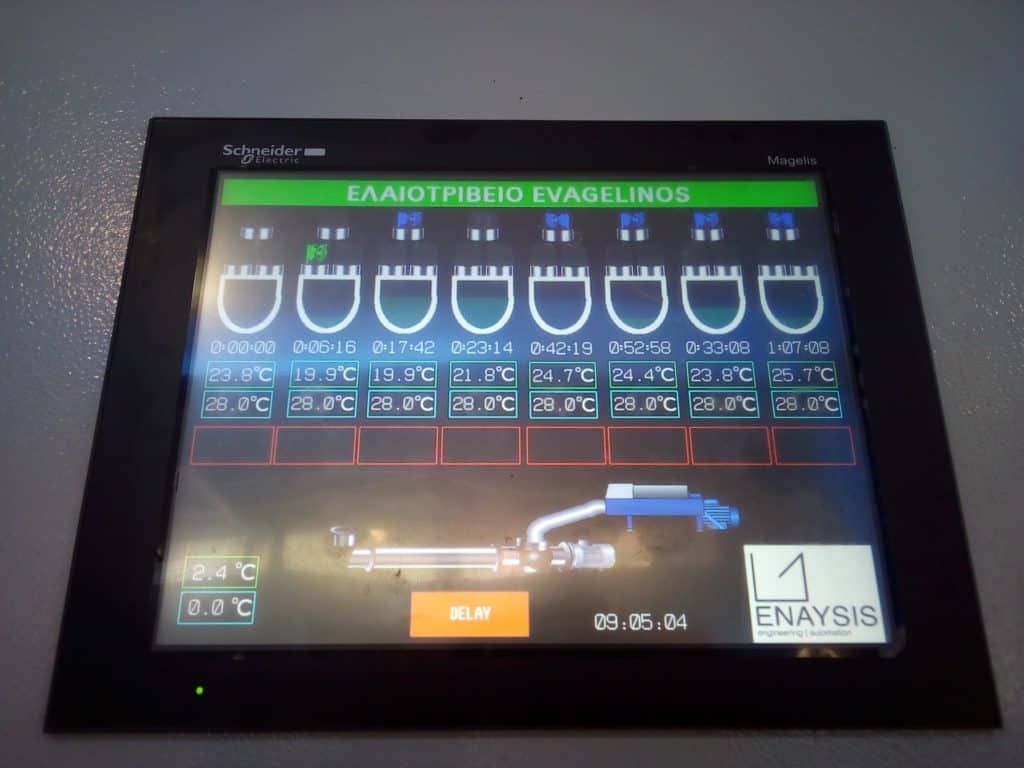
Time for Malaxation
After the olives are crushed a great number of “olive oil bubbles” are spread throughout a water-dominated environment. We somehow need to bring those olive oil bubbles together, to form bigger olive oil bubbles, so enzymes can work on them. Also, it will be easier to later separate olive oil and water.
Malaxation is a crucial process in regards to both polyphenols and aromas. We typically malax the olive paste from 30′ to 45′ in a temperature range from 25 – 27 Celsius degrees.
Feel free to ask our family about more details in case you are interested.
Oil – Water Separation
Finally, we need to separate our new harvest olive oil from the rest. To do that, decanters and industrial centrifuges are used. The amount of water, the type of separation and the type of decanter play a crucial role on whether important nutrients of the olive oil will be maintained or not.
Let There Be Olive Oil
Eventually our organic, cold-pressed, high phenolic EVOO is created and is ready to be shared with our friends!
Enjoy Our Family’s New Harvest Olive Oil!
All the hard labor, responsibility and a year’s planning is worth it when we are able to share our luscious olive oil with each and every one of you. Enjoy the best the Mediterranean has to offer.

